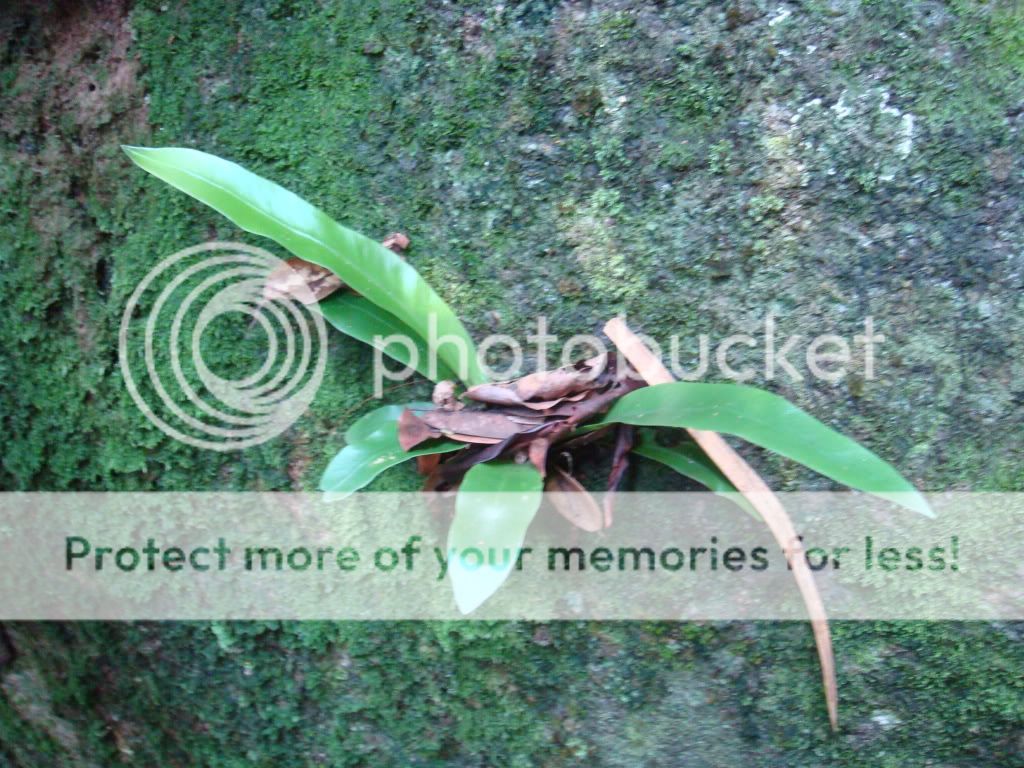 Summer vacation is over with school starting last week. I have to teach 25 hours per week this semester, as opposed to only 16 last semester. A female colleague in our department is taking her two-month maternity leave at this time (it was a boy) and that means that the rest of the lecturers have to take up the slack, teaching her classes while she gets the pay cheque. Just part of the routine in this family-friendly environment.
Summer vacation is over with school starting last week. I have to teach 25 hours per week this semester, as opposed to only 16 last semester. A female colleague in our department is taking her two-month maternity leave at this time (it was a boy) and that means that the rest of the lecturers have to take up the slack, teaching her classes while she gets the pay cheque. Just part of the routine in this family-friendly environment.One of the pleasant surprises in our neighborhood is this pair of hornbills that live within the area. They are often seen sitting in tall trees, on light posts or power wires, as they search for free food. One neighbor puts out fish-infused rice for both local birds and his 30 cats, but the hornbills seem to be more interested in the papaya tree that grows below this lampost upon which they often sit.

There are actually several different species of hornbill in SE Asia. Our neighbors appear to be the Oriental Pied Hornbill (Anthracoceros albirostris), which are not as showy as the Rhinoceros Hornbill (Buceros rhinoceros) found in Sarawak (Malaysian state on island of Borneo). Hornbills mate for life, and seem to be personable in that they are often squawking at each other from separate trees, like a middle-aged couple arguing. My wife has decided that the hornbill is our family symbol.
I lately came to learn that the hornbill (Enggang in Malay) is a symbol for royalty in Malaysia. There is a Malay proverb that goes like this:
Enggang bersama enggang; pipit bersama pipit.
The hornbill is with the hornbill; the sparrow is with the sparrow.
At first I thought that it meant only that "Birds of a feather flock together", meaning that Malays will tend to be with Malays, Chinese with Chinese and so forth. But after experiencing class differentiation (rich versus poor), I have come to understand that the proverb mostly means that high-class people (royalty) should hang out with other high-class people, and that low-class, commoners, should stick to their group also.

There are actually several different species of hornbill in SE Asia. Our neighbors appear to be the Oriental Pied Hornbill (Anthracoceros albirostris), which are not as showy as the Rhinoceros Hornbill (Buceros rhinoceros) found in Sarawak (Malaysian state on island of Borneo). Hornbills mate for life, and seem to be personable in that they are often squawking at each other from separate trees, like a middle-aged couple arguing. My wife has decided that the hornbill is our family symbol.
I lately came to learn that the hornbill (Enggang in Malay) is a symbol for royalty in Malaysia. There is a Malay proverb that goes like this:
Enggang bersama enggang; pipit bersama pipit.
The hornbill is with the hornbill; the sparrow is with the sparrow.
At first I thought that it meant only that "Birds of a feather flock together", meaning that Malays will tend to be with Malays, Chinese with Chinese and so forth. But after experiencing class differentiation (rich versus poor), I have come to understand that the proverb mostly means that high-class people (royalty) should hang out with other high-class people, and that low-class, commoners, should stick to their group also.
















